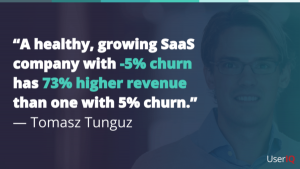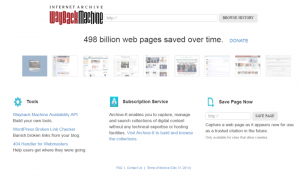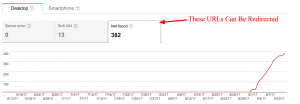Contributor Shani Rosenfelder explains the benefits of deep linking and expresses surprise that the tactic is so infrequently used.

I am surprised by the number of mobile marketers who don’t use deep linking properly, or even at all. Deep linking is a means for improving the user experience, enabling personalization and driving conversions. In the highly competitive world of mobile apps, no marketer or publisher can afford to overlook these benefits.
How deep linking works can get technically complicated. While it is important to have a general understanding of its functionality, what is more important is to understand why it matters and how you can use it to improve your app’s performance.
Deep linking and the user experience
A deep link is a very specific URL that takes users to a specific page on a website or a precise location within an app. Apps don’t behave like browsers do. If users want to reach a specific page of a website, they can simply type that address into a browser. That is why you don’t hear about deep linking in the context of desktop. With apps, however, they must be configured correctly to ensure that when users click a link, it leads them to the desired location within the app.
Deep linking is particularly important to mobile because the mobile landscape is fragmented. In under a minute, a user may go from an email to the mobile web, to an app, to a text message and back again. Mobile users expect this experience to be seamless the same way it is on desktop, where they rarely encounter broken links or wrong turns. If things go awry, a mobile user is going to bounce, and, odds are, they are not going to return.
As marketers, we work hard to convince people to install and use our apps. Research from comScore shows that although consumers spend 57 percent of their time using digital media in mobile apps, getting them to download new apps is challenging.
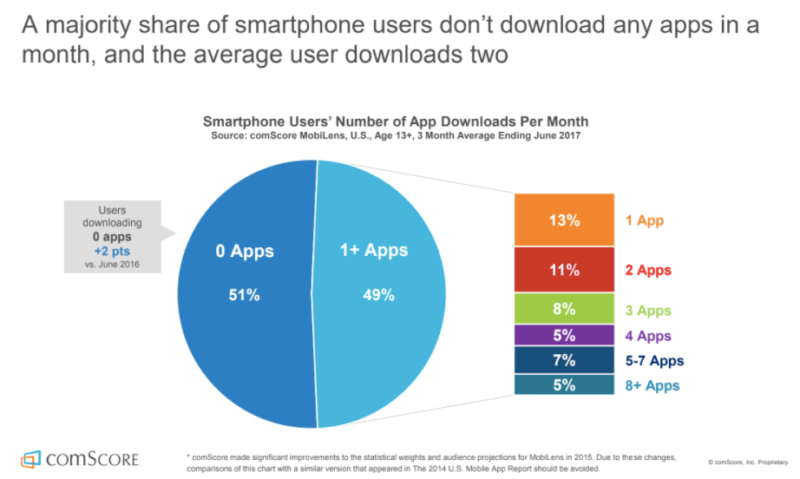
Then there is the challenge of keeping them engaged. Fewer than 25 percent of people will return to an app after downloading it and using it once, a 2016 study by Braze (then Appboy) found.
With stakes this high, there is no room for error. Deep linking is a way to connect all the mobile dots, so users can have a fluid experience.
Don’t overlook deferred deep linking
One common mistake mobile marketers make is overlooking deferred deep linking, which is not exactly like deep linking. They both lead to the same end result, but deferred deep linking needs to navigate a detour. It comes into play when a user doesn’t have the destination app installed yet.
Let’s say an e-commerce brand serves a banner ad on the mobile web for “20 percent off your first purchase.” When users click that ad, they expect to be routed to a relevant page — one that says something like, “Congrats! Here is your unique 20 percent discount promo code. Now start shopping.”
If users already have the app installed before they click the ad, deep linking will ensure they land on the appropriate destination within the app. For users who don’t already have the app, marketers need to use deferred deep linking to direct them first to the app store to install the app, then to the appropriate page within the app when they open it for the first time.
Without deferred deep linking, a user who downloads the app after clicking an ad will launch the app and see the home page, not the relevant promotion. The odds of their backtracking to try to activate the promo code are slim. More likely, they are going to leave the app and not return.
Deep links are the only way to drive users straight to the point of sale after they’ve already become an app user. Deep linking and deferred deep linking are also crucial to a marketer’s personalization strategy.
These technologies allow user information to carry through the app install process, enabling app publishers to deliver a custom welcome message or some other sort of personalized experience. In addition, they help unify the experience in an environment where people hop from email to mobile in response to offers.
To further illustrate how you can use deep linking and deferred deep linking to improve your marketing, let’s take a high-level look at four specific use cases.
1. From mobile web to app
Marketers and publishers commonly use deep links to drive users from the mobile web to their apps, as I mentioned when I explained deferred deep links.
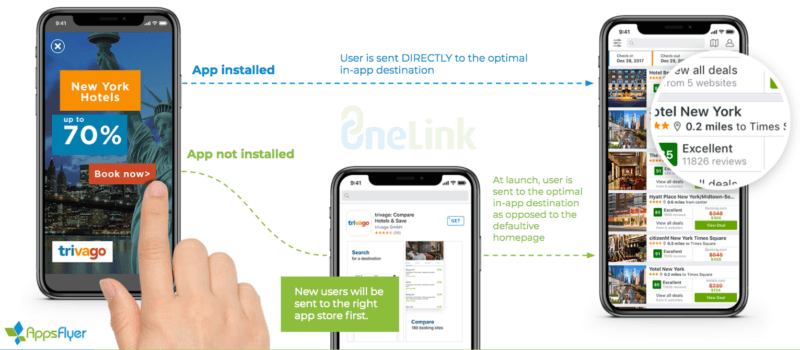
2. Social
Marketers or mobile app publishers can place a link to content in their app on a social channel, such as Facebook or Snapchat. With the right deep linking and deferred deep linking approach in place, this single URL will lead the user to the appropriate location within the app, whether they have already installed it or if they have to visit the app store first to download it.

3. Email
Traditional email service providers (ESPs) allow you to track clicks on links, but they don’t always have the ability to route the user to a specific place within the app or to the app store. Marketers can create deep link URLs programmatically or manually and place them in the email to create a better user experience.
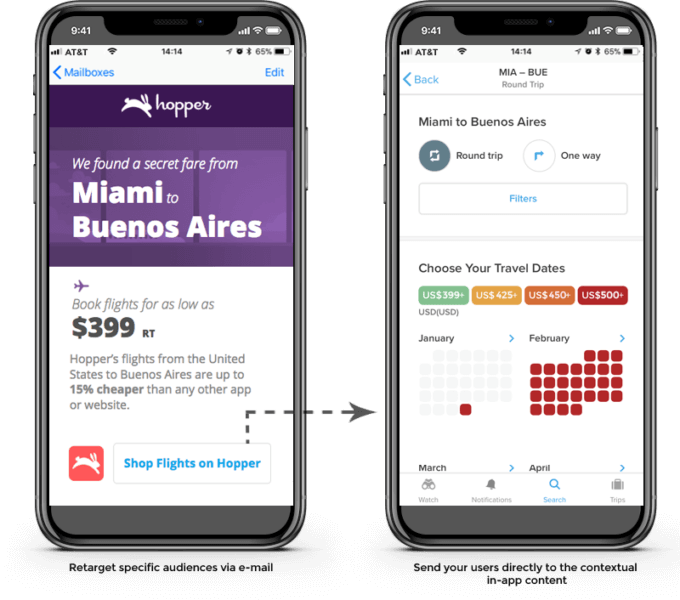
4. SMS and Referrals
Advanced deep-linking technologies enable marketers to create short URLs in the app that allow users to share the app or information on a referral program via SMS. When the user hits “share,” marketers can leverage the deep-linking API to create a short link and stuff it with the data they need, e.g., promo codes, content strings, or even the referrer’s name and user ID.
When recipients click a link, they will instantly be routed to the desired location within the app, even if they first have to visit the app store to download it.
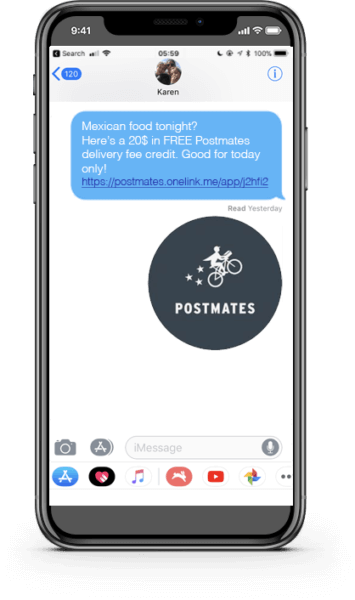
Understanding the relationship between deep linking & attribution
Attribution and deep linking are key to an app marketer’s growth stack. That is because your performance marketing efforts can only pay off if you (a) know which source(s) contribute to your growth and which do not, and (b) ensure that your users receive nothing short of a superior first impression of your app through deep linking.
Marketers are sometimes confused by the relationship between deep linking and attribution. Deep linking relies on attribution data to properly route a user. This is why you should never work with two separate vendors for attribution and deep linking — because the technology must work together. Working with one vendor will simplify your process, reduce tech debt, save money and ensure consistency in reporting.
Let’s explore the following example to illustrate this point: A user clicks an ad or link. Their device is fingerprinted, meaning the browser notes some identifying information about the device so it can properly “know” the user later. Then, the link redirects the user to the app store, where he or she can install and open the app.
Once the user opens the app, all attribution and deep-linking vendors work in the exact same way. The user is matched with the fingerprint that was created before they installed the app. This fingerprint usually includes a combination of a device’s IP, phone size, screen size and OS version. Then, the vendor responds to the app with attribution data, such as the referring campaign, media source and URL.
Mobile marketers deal with many challenges, from churning to uninstalls and lack of engagement. Deep linking allows us to deliver the type of seamless experience users have come to expect. It is worth working through any confusion or misconceptions, so you can unlock the benefits of deep linking.
Opinions expressed in this article are those of the guest author and not necessarily Marketing Land. Staff authors are listed here.
Marketing Land – Internet Marketing News, Strategies & Tips
(73)


